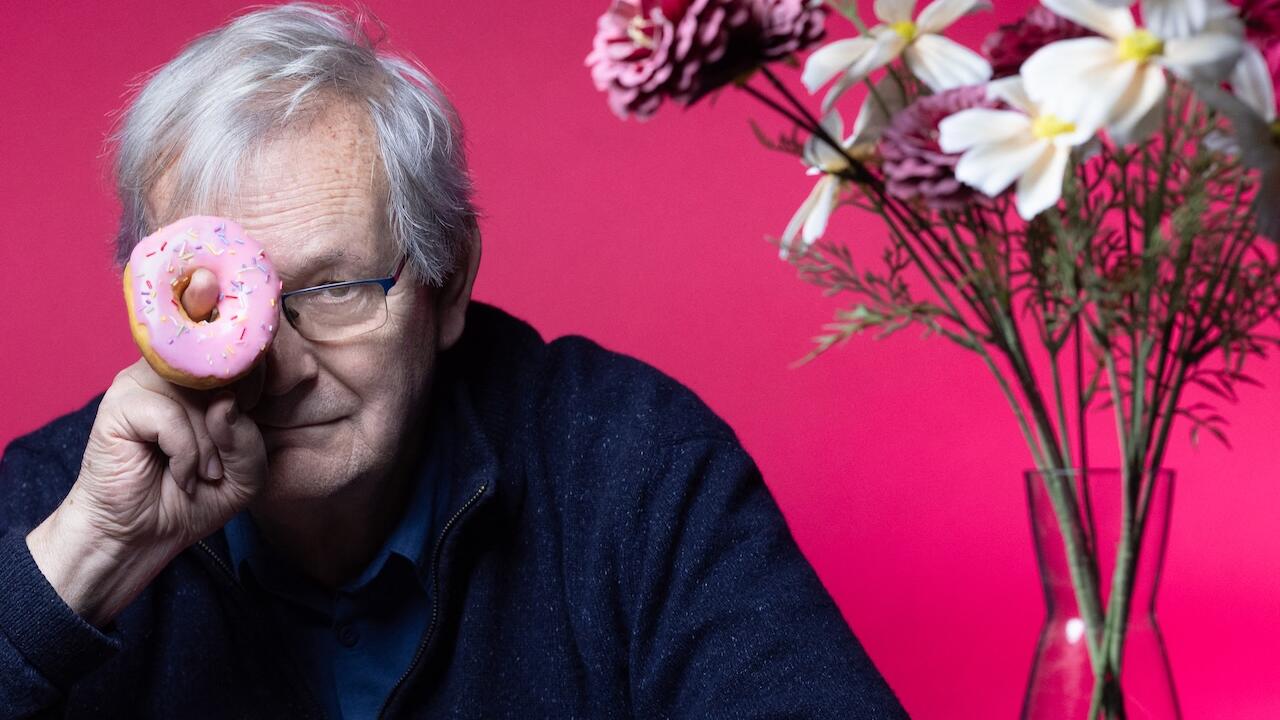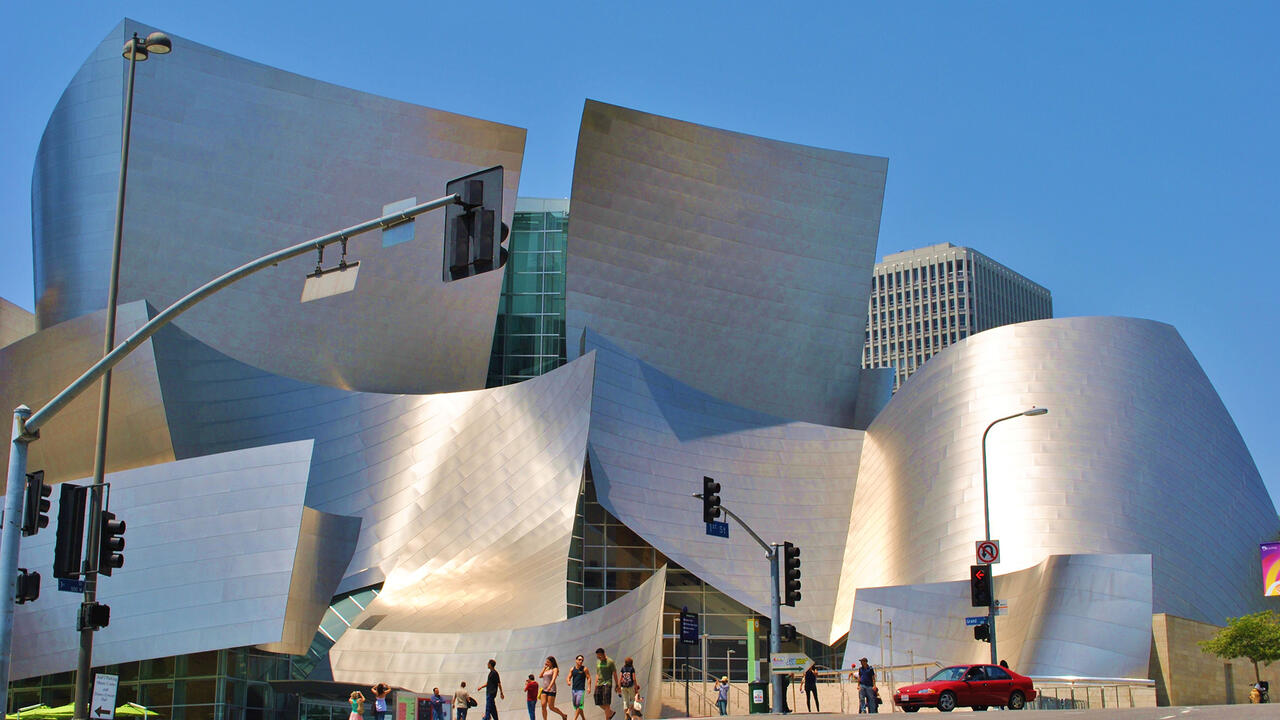Art of Darkness
Photographing war
Photographing war
As the possibility of another Gulf War looms on the horizon, it is worth thinking about how major conflict has been presented to us in the past and what kind of person takes it upon themselves to record it. The role of war correspondent is one of the last remaining endeavours that involves personal risk in the face of extreme physical danger while not demanding the taking of life, thus meeting with public approval. It fulfils a male fantasy of the opportunity for valour together with a high moral purpose: that of revealing the 'truth' of war. The idea of the correspondent-as-hero was first epitomised by Ernest Hemingway's romanticised macho posturing during the Spanish civil war, and his model became the template for many of those whose ambition and thirst for adventure has taken them to places of conflict as journalists.
In comparison with the tightly controlled coverage of the Falklands or the repetitive video-bites of the last Gulf War, the American war in Vietnam was the first and last to be covered with any real degree of freedom. The different realities that emerged from the varied interpretations of its 'truth' were enough to change the role of war photography and the idea of the daredevil reporter. By the mid-60s, it had become apparent that Vietnam was not only the biggest news story on the face of the planet but the coolest place to be. It was an adventure playground - a theme party to which almost anyone was invited. The American military encouraged the reporting of the war, lent journalists money to get there and once they had arrived, gave them all the help they needed. Bestowed with officer rank and provided with food, shelter and transport, trainee college reporters, writers of counter-insurgency training manuals, thrill-seekers and gun-toting hippies, all went to play in the madness of the most bizarre of wars. By 1968 there were 637 accredited journalists in Vietnam.
Many of these young, male photographers, like their contemporaries today, were attracted to the beauty of precision-made objects. War has its own language, its own paraphernalia, in the form of endless gizmos and lethal gadgets at the sharp edge of human inventiveness and technological progress. Their form dictated purely by the need to give a man power over life, these objects became highly-prized collectibles in a world gone mad for machines, and are themselves the sole subject matter of much Vietnam war photography. Sean Flynn (son of Errol) was a major protagonist in the general mania to possess the latest in materièl. Often armed to the teeth - including a pearl handled revolver in a shoulder holster - he arrived on a three week assignment and stayed forever. Like many others he became addicted to the machinery, the terror and the power-high of danger.
It should also be remembered that in Vietnam half the US army was stoned. This was the war in which the constantly tripping pilot of a helicopter gunship would drop bombs with leaflets bearing the words 'The Psychedelic Killer Strikes Again'. Choppers provided the transport for day trips to the theatre of war where one could witness the most profane acts of man, rub up against the most evil, blasphemous waste, witness ineffable misery and be back in the safety of Saigon for tea. Saigon itself was a vast brothel-cum-department store where anything imaginable could be purchased - sex, drugs rock'n'roll and death in abundance.
This hedonistic 'glamour' is only one of the realities caught by the camera. Nobody escapes unscathed from the pitiful sufferings and indignities of war, and, whatever their particular focus, photographers in Vietnam began to question the ethics of what they were doing. The intrusive nature of the art led to situations where the last image seen by the eyes of a dying man would be the lens of a camera. The most famous image of this type is probably Eddie Adams' picture of a Viet Cong suspect taken at precisely the moment a south Vietnamese police chief pulls the trigger of the gun held to the side of his head. Forced to question the voyeuristic nature of photography itself, some reporters stopped taking pictures altogether. Others, through a sense of guilt at being paid observers of the most appalling human misery, found themselves taking unnecessary risks as a form of penance. But, ironically, their pictures become proof of their proximity to danger, and the more extreme the experience, the richer the material for the photographer, helping to satisfy our fascination with death, pain and violence refracted through anther's eyes.
The motives of photographers who go into combat are undoubtedly complex, but what unites them is their very real enjoyment of war and a difficulty in reconciling this with their equally real hatred of it. Within both aspects there arises a need to continually return to situations of extreme danger. This has less to do with a desire to tell the 'truth' than with a desire for excitement. The haunting doubts and contradictions of conflicting emotions all seem to disappear in the compulsion to go where the action is and feel the exhilaration of conflict. It has something to do with the effects of tremendous terror - the long surges of adrenaline, the heightened awareness and ability to assimilate vast amounts of information in the time it takes to push a button. In this extreme emotional state, faced with the real and immediate threat of annihilation, there is little room to feel anything other than fear. As an evolutionary measure it helps us to concentrate on the avoidance of danger, but the greater part of ones emotional landscape is deadened.
This paradox of highly charged emotional activity within a narrow field is possibly the reason so many war reporters have had (and still have) such difficulty in explaining the sensation of combat and the reason they keep returning to it. This state of mind is extremely hard to recreate in any other way. You can reduce your breadth of emotional response through a variety of chemical means, but the only place to get that unique exhilaration is in battle. 'Tripping had nearly the same edge as combat: the fear and fun rolled along one very sharp line where life and death were separate blinks' - Tim Page could not stop himself from returning after each injury until a mine took enough of his brain away to force him to sit out the rest of Vietnam. After war, the mundane emotional realities of human existence must seem woefully lacking. Don McCullin once said he could be in combat every day of the week, describing how his need for war had escalated. This addiction to fear exacts its price: 80 correspondents did not return from the war in Vietnam. Like all life-threatening addictions, its victims end up dying - emotionally, spiritually or actually.












